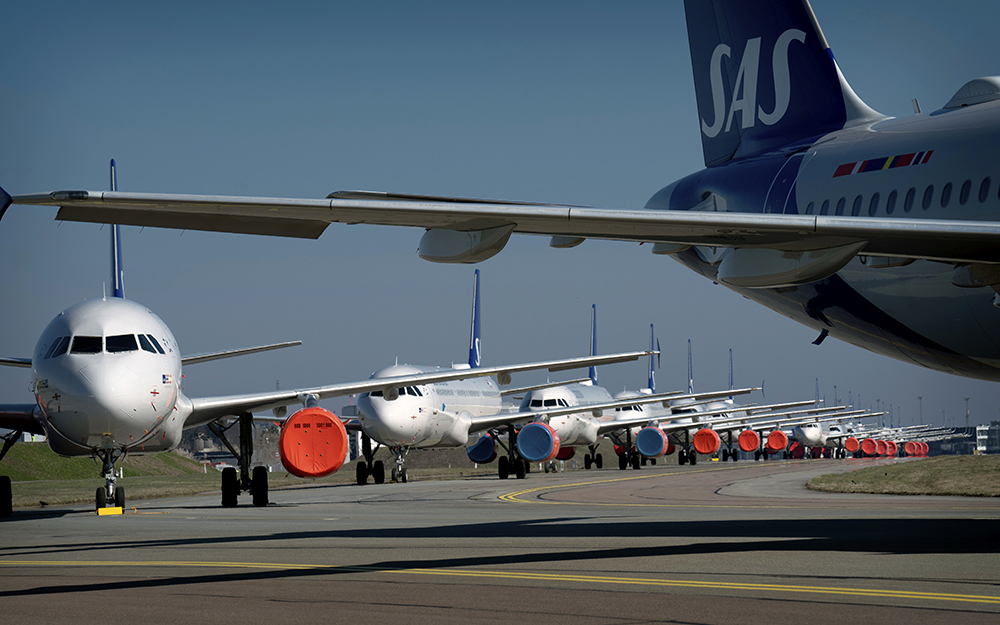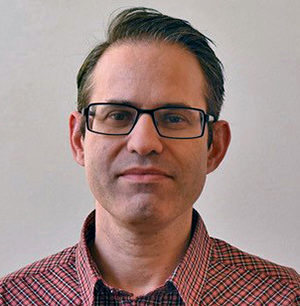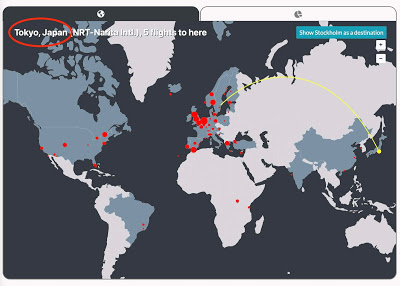
How should we travel after the pandemic?
The climate impact of aviation has dropped to a minimum level due to the coronavirus crisis. How can emissions be kept down after the pandemic? Researchers at KTH are developing a tool designed to help workplaces to reduce their carbon dioxide emissions from air travel.

When societies open again and travel takes off, it will be a golden opportunity to rethink how much we fly and if this is really necessary, the researchers behind the project argue.
“Hopefully, the crisis will have triggered thoughts about whether it is possible to change our behaviour,” says Daniel Pargman , who is heading the Flight research project with the aim of persuading more companies and organisations to turn words into deeds when it comes to reducing air travel related employee climate emissions.
The researchers are investigating travel by knowledge intensive organisations, such as business travel at Swedish universities. Based on data about all KTH business travel over the last three years, they have developed visualisation tools – pie charts, curves and other graphs that show when, where and how often personnel fly.
The data are presented at several organisational levels, schools, departments and individual level. You can compare over time, how much different professional roles fly and determine the most common destinations. Even gender differences in flight patterns will be able to be analysed in future.
“We make air travel throughout the organisation visible, which you need to be able to do if you want to discuss the various options you can choose to fly less. This will be one way of confronting your own carbon dioxide emissions,” says Pargman.

The thinking behind the research is to bridge the gap that often arises between the environment goals of management in various travel policies and the decisions that are made on employee business travel further down in the organisation.
KTH has set a target of reducing travel-related carbon dioxide emissions by 60 percent by 2030. With the exception of the interruption to air travel in recent months, reducing emissions at the rate required has proved difficult.
The research project figures point to a very uneven use of air travel at KTH – a very small number of staff account for a large proportion of such travel.
“You then have to ask the question as to what strategy would be best to reduce air travel. Should you suggest small reductions across the board or does it make more sense that those who fly the most should fly much less? That is an open question that can lead to difficult discussions, but we cannot avoid it,” says Pargman.
The research team is in the process of contacting and connecting KTH research departments to test the tool. The aim is to raise awareness of the travel picture in each respective department and to discuss how air travel and emissions can be reduced.
The visualisation tools are still beta versions. They have been developed by four student groups and have been evaluated by both KTH, nine other Swedish universities and several knowledge organisations. Sustainability managers at the universities have welcomed the tools and provided input for improvements. The researchers aim to develop a final version by the autumn.
Text: Christer Gummeson